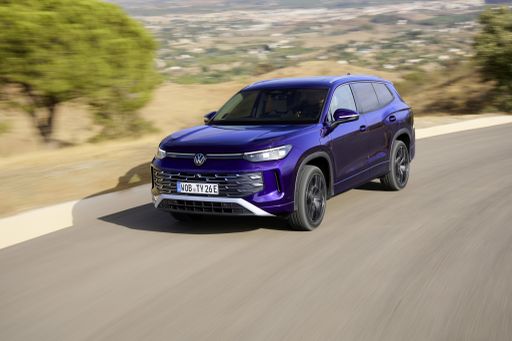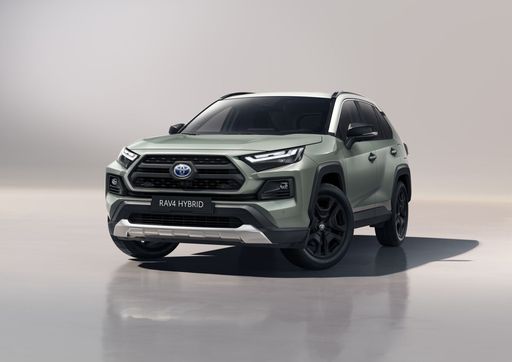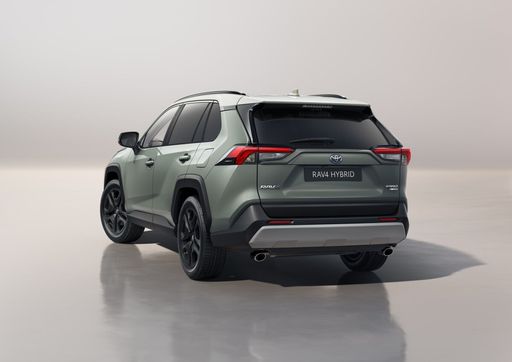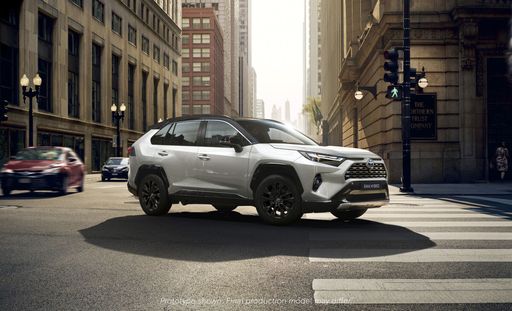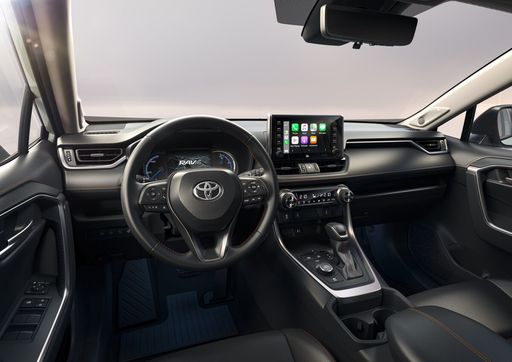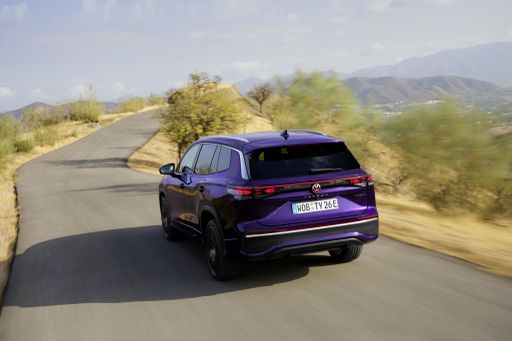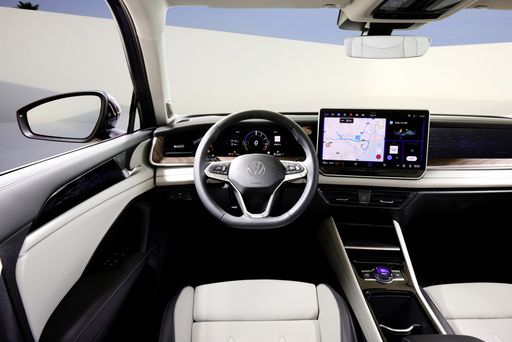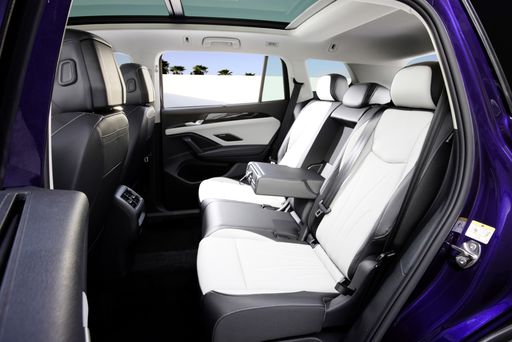An Exciting Comparison: Toyota RAV4 vs. VW Tayron
As the automotive market continues to evolve, SUVs remain a popular choice for many consumers seeking comfort, versatility, and performance. In this article, we delve into a head-to-head comparison of two prominent players in the SUV segment: the Toyota RAV4 and the VW Tayron. Both vehicles offer distinct features and impressive specifications that cater to a variety of preferences. Let’s explore what each model brings to the table.

